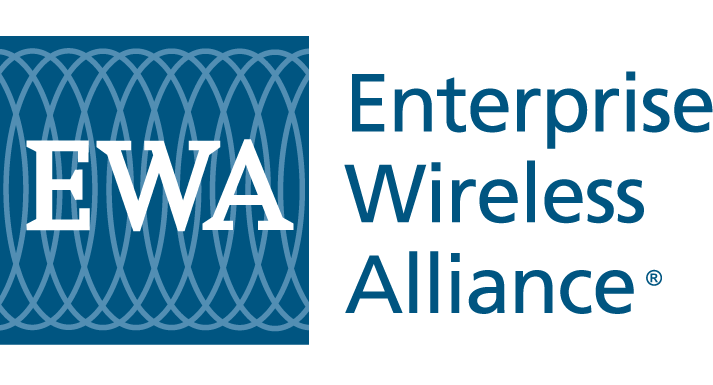Unfounded Concerns…
Unfounded Concerns…
Does it make sense to anyone that T-Band incumbents who wish to modify their systems must first ensure that they protect a TV station’s analog service area when all TV stations are digital? It makes absolutely no sense at all! That’s why the National Wireless Communications Council (NWCC) filed its petition to update the FCC’s rules so that they would represent the real world. It was essentially a request to update administrative frequency coordination protocols. NWCC’s petition did not seek additional geography beyond the established 50-mile radius from the center of the eleven T-Band cities coordinates where T-Band licensees may operate, nor did it seek access to additional T-Band spectrum. Grant of the petition increases the risk of interference to DTV stations by effectively zero, and the interference risk to T-Band incumbents from DTV stations is no more than they may experience today.
And then along comes the National Association of Broadcasters (NAB) and Shure, the latter a wireless microphone manufacturer. NAB filed comments urging the FCC “to make no changes to the rules without a complete technical record”. So, let’s make this easy. Are DTV stations transmitting digital signals exclusively? Yes, they are. So, update the rules to indicate that fact, which is what NWCC requested, and the technical record is now complete. NAB should have supported the petition immediately as they have nothing to lose from the proposed rule changes. Their concern is difficult to understand other than to perhaps delay the rule making process for whatever reason.
Shure filed comments noting that NWCC’s “suggestions may create unforeseen adverse consequences for other users of unallocated spectrum in the T-Band, namely wireless microphones.” Their concern is unfounded. Shure and its customers have nothing to lose as T-Band licensees will operate within the prescribed 50-mile radius as they have for over 50 years, and NWCC’s petition does not change that geographic limitation. And just in case anyone may have forgotten, wireless microphones use T-Band spectrum on a secondary, non-interference basis which means if they were ever to experience interference from T-Band licensees, they have to grin and bear it.
